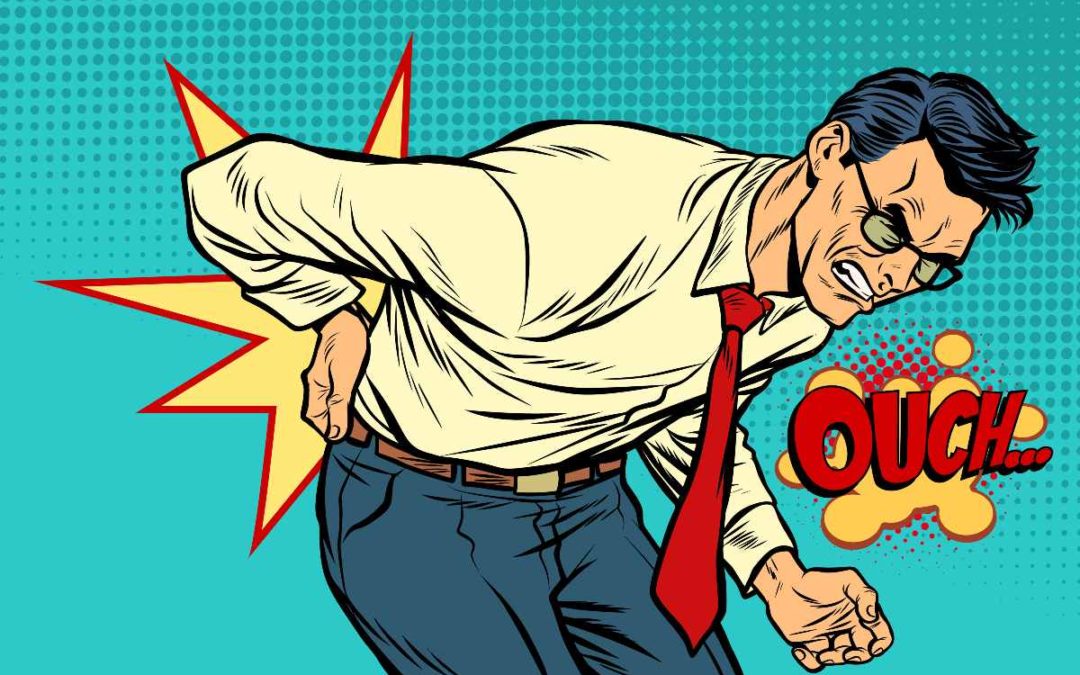We recognize poor posture when we see it in others, but we often overlook our own slouching because it happens gradually throughout the day. Learning good posture is important for our health and prevents back and shoulder injury. Changing the way you sit and stand may feel challenging, but even making a few small adjustments can make a big difference.
1. Sit Less
Many people who work office jobs have to sit for around 8 hours a day. Unfortunately, constantly sitting isn’t the best thing for your overall health, including your posture. When you sit all the time, the muscles in the front of your body get tightened and locked up, while your back muscles weaken from barely being used. Eventually, your body just gets used to slouching. To combat these effects, reduce your sitting time. Try to get up every hour at work to stretch, walk, or simply stand. You can even invest in a standing desk if your posture is really aching for improvement.
2. Strengthen Your Core and Back Muscles
Your abdominal and pelvic muscles (your core) and the muscles along your spine are what help keep your body properly positioned. However, poor posture can weaken these muscles. Building strength and endurance in your postural muscles will help keep your body supported and upright.
3. Stretch Out
It can be difficult to maintain proper posture with tight muscles. Standing or sitting up straight will feel like a chore because you’ll be moving your body in an unfamiliar way. Daily stretches can help loosen up your muscles and make it easier to re-train your body. Start the day with some basic stretches to get you moving. Yoga and Pilates are also shown to be very beneficial in improving posture and strengthening core muscles.
4. Sleep Posture Matters, Too!
Posture doesn’t just refer to when you’re sitting or standing – you can still develop back, shoulder, or hip pain from the way you’re sleeping. Sleeping on your back can put up to 50 pounds of pressure on your lower back, while sleeping on your side can actually alleviate back pain. If you sleep on your side, place a pillow between your knees. If you must sleep on your back, keeping a pillow underneath your knees can help reduce some of the strain.
Long-term poor posture can be difficult to correct since your muscles have adapted to the way you stand, sit, or lie down. However, by continuing to notice and consciously correct your posture, gradually your muscles will learn and your old posture will be replaced by better posture. It may take effort at first, but it will eventually feel natural (and even better!).




